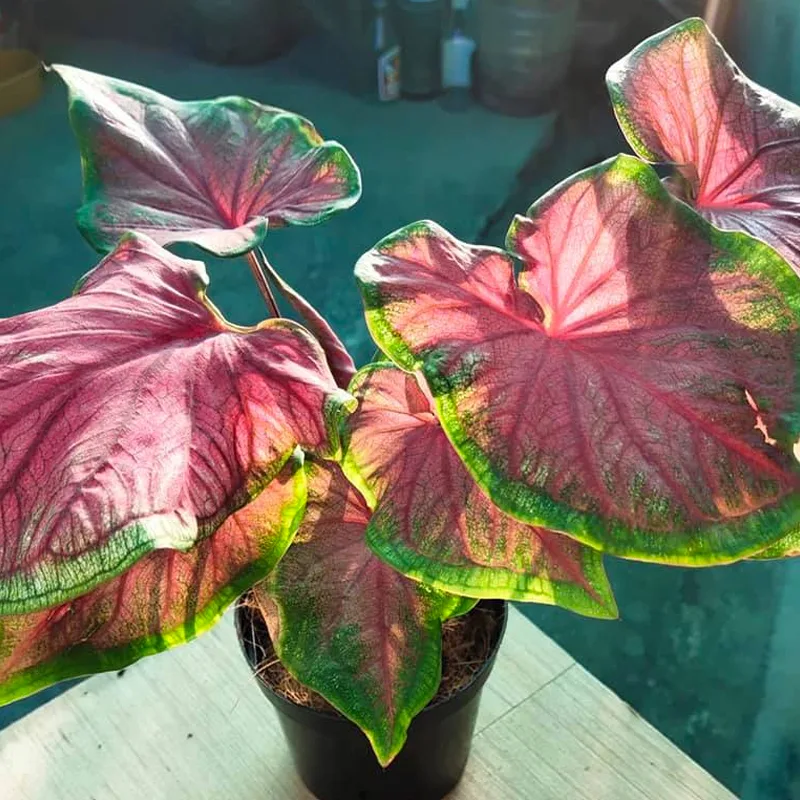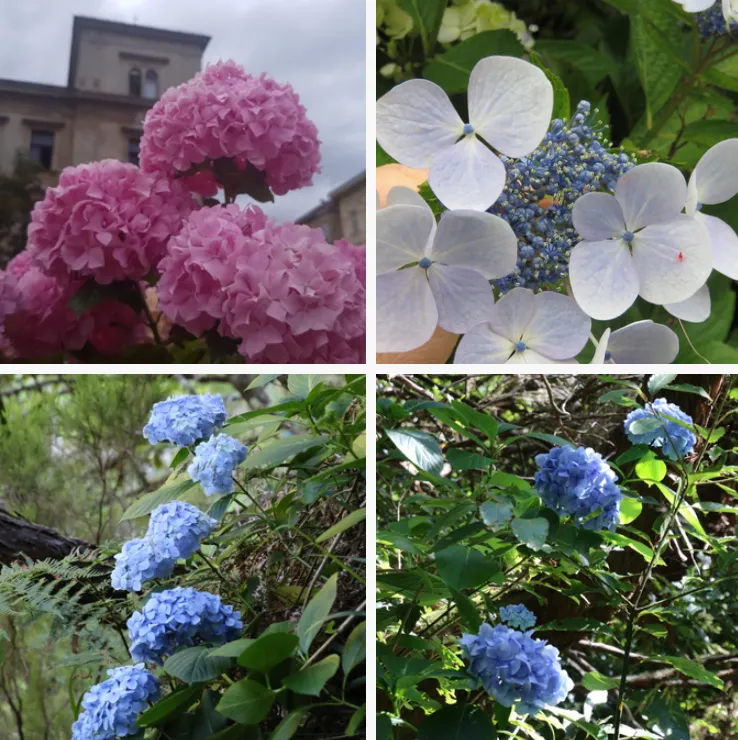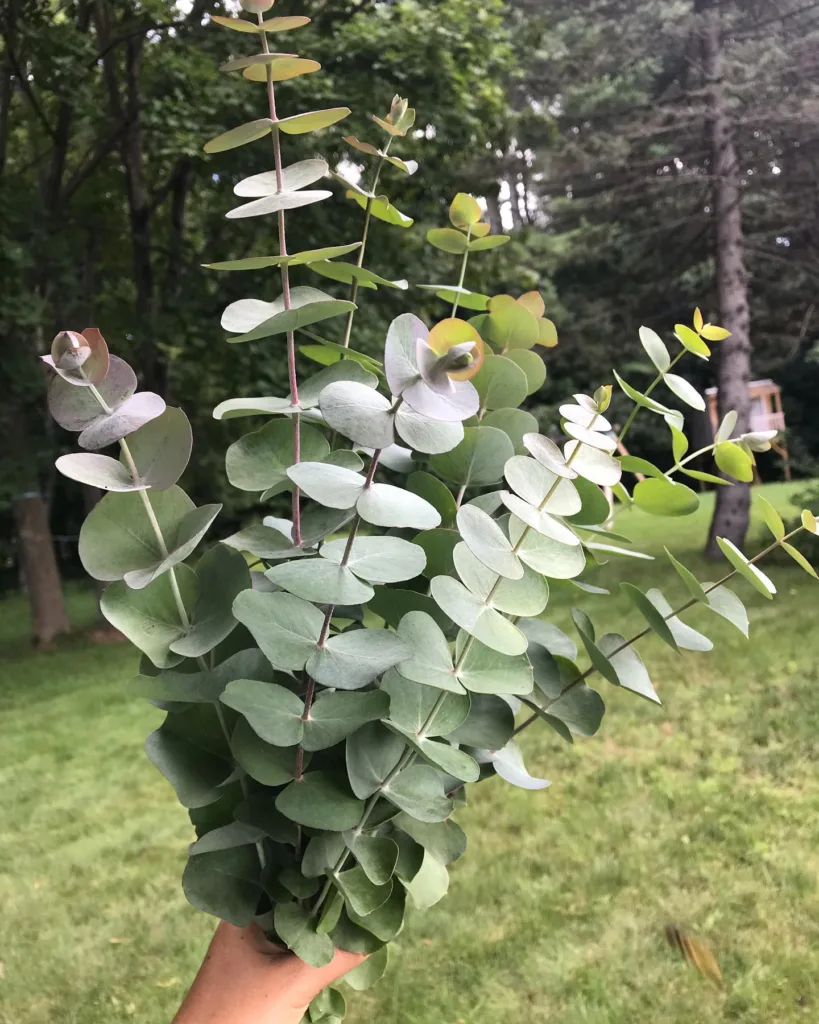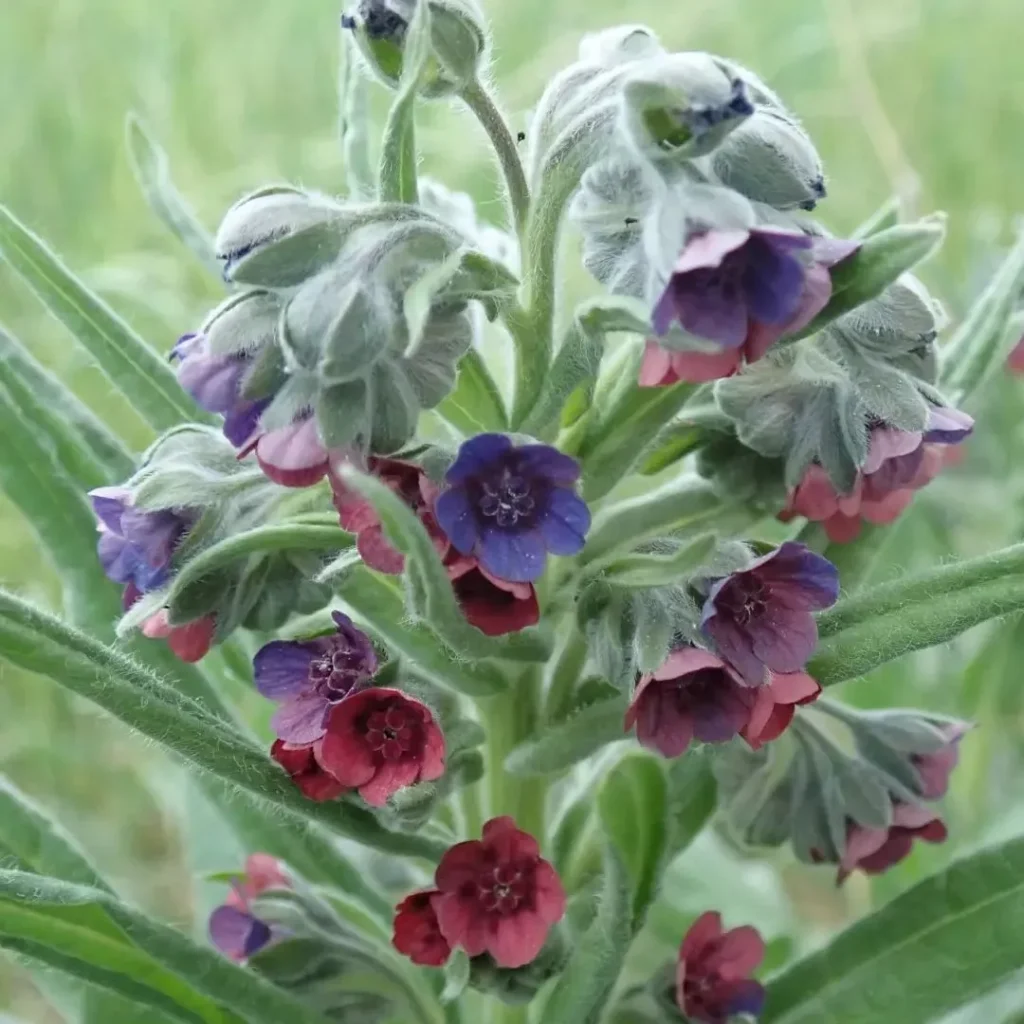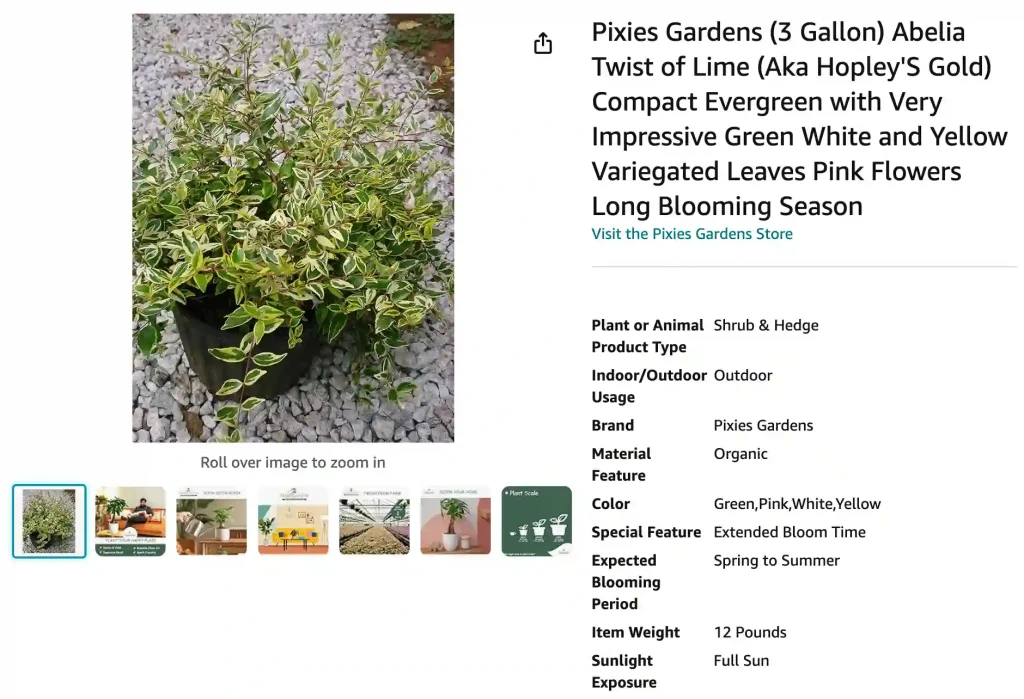
FAQs About Twist of Lime Abelia
When it comes to adding vibrant color and texture to your garden, the Twist of Lime Abelia is a fantastic choice. Its striking green and white foliage, coupled with its ability to bloom profusely, makes it a standout plant. Here’s a comprehensive guide to address some frequently asked questions about this remarkable shrub.
6 Species in Genus Abelia
When to Prune Twist of Lime Abelia?
Pruning is essential for maintaining the health and shape of your Twist of Lime Abelia. Ideally, you should prune this plant in late winter or early spring, just before new growth begins. This timing helps ensure that you’re not cutting away any potential new blooms and allows the plant to recover and grow stronger as the weather warms up.
It’s also a good idea to do a light pruning throughout the growing season to remove any dead or damaged branches. This helps keep the plant looking its best and encourages a bushier growth habit. Avoid heavy pruning during the active growing season, as this can stress the plant and reduce blooming.
Are Twist of Lime Abelia Evergreen?
Yes, the Twist of Lime Abelia is an evergreen shrub. This means it retains its foliage throughout the year, providing consistent color and texture in your garden. The plant’s leaves are green with creamy white edges, which can turn a lovely shade of pink in cooler weather, adding even more interest to your landscape.
How to Prune Twist of Lime Abelia?
Pruning Twist of Lime Abelia is relatively straightforward. Start by removing any dead, damaged, or diseased wood. Next, shape the plant by cutting back any overly long or straggly stems to maintain a balanced, compact shape. If you want to encourage a fuller appearance, you can also pinch back the tips of the branches to stimulate new growth.
Use clean, sharp pruning shears to make precise cuts, and always prune just above a leaf node or a branching point. This promotes better healing and helps the plant grow in a more natural shape. Avoid cutting too much at once; a little goes a long way.
How to Care for Twist of Lime Abelia?
Caring for Twist of Lime Abelia involves a few key practices. Ensure the plant is in well-drained soil and receives plenty of sunlight. While it’s tolerant of a range of soil conditions, it thrives in slightly acidic to neutral soil. Regular watering is important, but be careful not to overwater, as this can lead to root rot.
Fertilize your Abelia once or twice a year with a balanced, slow-release fertilizer to encourage healthy growth and abundant blooms. Mulching around the base of the plant can help retain soil moisture and suppress weeds.
How to Propagate Twist of Lime Abelia?
If you want to grow more Twist of Lime Abelia plants, propagation is quite simple. The most common method is through softwood cuttings. Take cuttings in late spring or early summer, just as new growth is beginning. Dip the cut end in rooting hormone, then plant it in a pot filled with a mix of peat and perlite. Keep the cuttings in a warm, bright location and maintain consistent moisture until roots develop.
What to Plant With Twist of Lime Abelia?
Twist of Lime Abelia pairs well with a variety of plants. For a complementary look, consider planting it alongside ornamental grasses, like fountain grass or blue fescue. It also works beautifully with other shrubs such as hydrangeas or roses, adding texture and contrast to your garden.
Can You Grow Twist of Lime Abelia Indoors?
While Twist of Lime Abelia is primarily an outdoor plant, it can be grown indoors under the right conditions. If you choose to grow it inside, ensure it receives plenty of bright, indirect light and is planted in a well-draining potting mix. Regular pruning and proper watering will help it thrive in an indoor environment.
Is Twist of Lime Abelia Toxic?
Twist of Lime Abelia is not considered toxic to humans or pets. However, as with any plant, it’s a good practice to keep an eye on curious pets and children to avoid any potential issues.
Benefits of Twist of Lime Abelia
The Twist of Lime Abelia offers numerous benefits. Its evergreen nature ensures year-round interest in the garden, while its ability to attract pollinators like bees and butterflies makes it a great addition to a wildlife-friendly landscape. Additionally, its relatively low-maintenance requirements make it an ideal choice for busy gardeners.
Common Problems
One common issue with Twist of Lime Abelia is susceptibility to scale insects. Regularly inspect the plant for signs of infestation and treat with insecticidal soap if necessary. Overwatering can also be a problem, leading to root rot. Ensure proper drainage and avoid waterlogging the soil.
Compare With Other Plants
When comparing Twist of Lime Abelia with similar plants, it’s worth noting its unique color and evergreen attributes. Unlike deciduous varieties, it provides consistent foliage throughout the year. Compared to other Abelia species, the Twist of Lime offers a more compact growth habit and distinct variegated leaves.
In summary, the Twist of Lime Abelia is a versatile and attractive shrub that can enhance any garden. By understanding its care needs and how to handle common issues, you can enjoy its beauty for years to come.
If i die, water my plants!
